Against backdrop of suicides and debt, farmers demand action | Agriculture | Al Jazeera
![Against backdrop of suicides and debt, farmers demand action For women, travelling to join the Dilli Challo march means leaving their children behind and missing the harvest back home [Shone Satheesh/Al Jazeera]](http://kisansabha.org/wp-content/uploads/2018/11/573e4eb9995e4800b7b9a0f0595c0eb1_18.jpg)
On Wednesday, thousands of farmers, labourers, and rural workers from across India boarded trains to the capital to participate in a two-day “Dilli Challo” (Let’s go to Delhi) march.
They are gathering in central New Delhi on Thursday in preparation for their march to parliament on Friday and ask legislators to tackle the many challenges facing agrarian society.
They will demand the passing of two bills – one to relieve farmers from debt and the other to secure minimum prices for their crops.
Takadya Tapar, 41, is from Dhamangaon village in Maharashtra’s coastal district of Palghar and like most people in the region, she is a sustenance farmer belonging to the Scheduled Tribe community.
She is attending the New Delhi event to protest the acquisition of her land for the 508km-long high-speed rail corridor connecting Mumbai with another state capital, Ahmedabad.
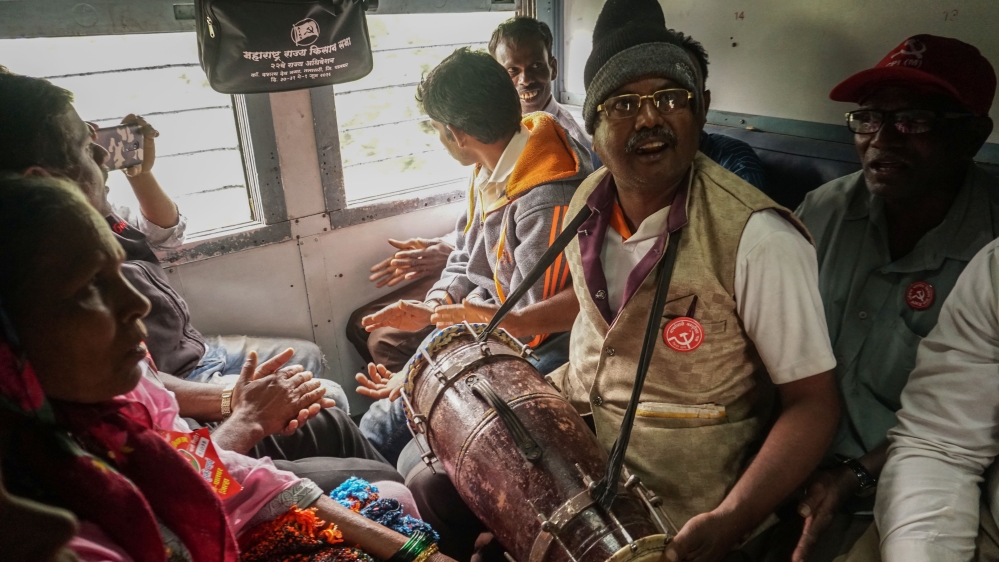
A pet project of Prime Minister Narendra Modi, the train will reduce travel time between the two cities from eight hours to two hours. But it will affect the land and livelihoods of 195 Scheduled Tribe households in Palghar district alone.
“More than 100 people … have received notices for acquisition. We protested against it at the [grassroots] level but nothing came of it. So we are going to Delhi,” says Tapar.
For hundreds of women, undertaking a 28-hour train journey to reach New Delhi involves a fair amount of sacrifice. This is because their absence will be acutely felt during the crucial harvest season back home.
“This is a question about our existence. If we don’t go now, how will our children survive,” she says.
Unlike farmers who grow commercial crops over relatively larger tracts of land in the rest of Maharashtra, farmers belonging to the Scheduled Tribes in Palghar, Thane, Nashik and Nandurbar districts engage in farming for personal consumption.
Their landholdings are small – two acres (0,8 hectares) on average on which they grow vegetables, rice, and millet – but crucial for their survival. In 2016, the district recorded 557 child deaths due to malnutrition.
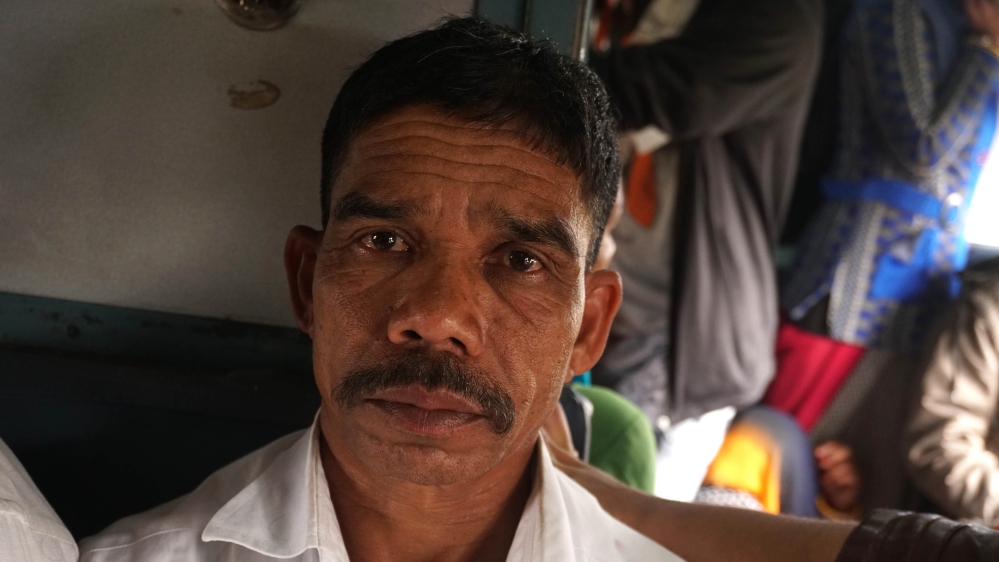
Jitendra Ibhad, 54, is a council member of a local farmers’ union in Dhamangaon, a village. He has a degree in history and geography, but after unsuccessful attempts to secure a job with the state electricity board and local school, he turned back to farming.
“The last two years saw a very dry spell of rain, so my crops were ruined. For four months a year, we depend on the rain for irrigation. The rest of the year we have to manually water the crop, which can cost up to 300 rupees ($4.25) per session.”
Ibhad also spent money on building compound walls for his vegetable field because of stray cattle.
“Since the government banned beef, and [briefly] the sale of cattle, the number of cattle on the roads has increased exponentially. Like thieves, they raid our fields at night. I took a loan of 30,000 rupees ($425) to build a compound wall to keep the cattle out. I doubt I’ll be able to pay it back.”
He is joining the march to demand a loan waiver, and a reduction in the prices of input material like seeds, fertilisers, and irrigation equipment.
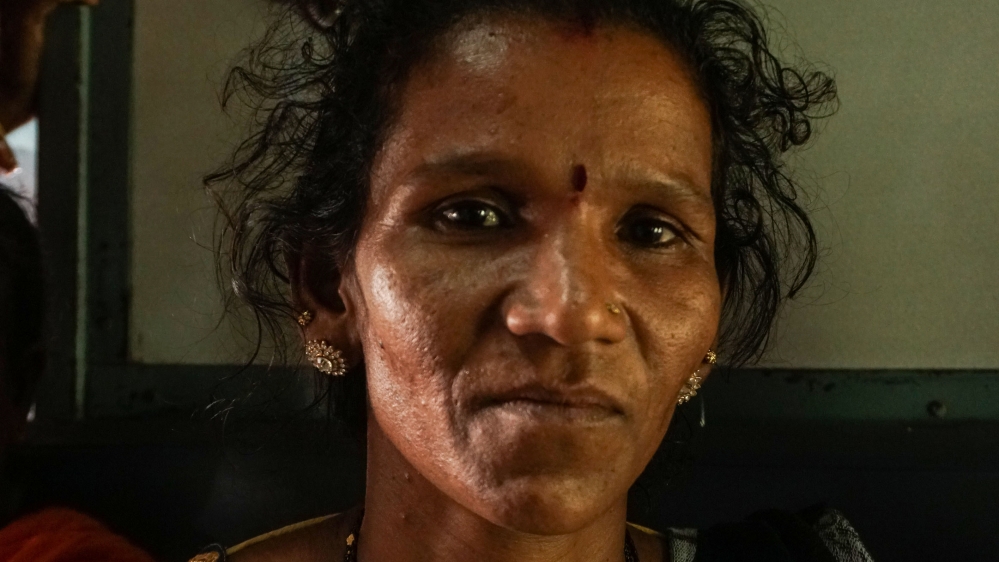
One of the most pressing demands of this group of farmers from Palghar is the allotment of their land title deed, called 7/12, under the Scheduled Tribes and Other Traditional Forest Dwellers (Recognition of Forest Rights) Act, 2006.
Under the act, they are entitled to the ownership of the forest land they use for growing, grazing, and foraging.
For HD Karbat, a 65-year-old farmer from Jamset village in Palghar, getting the land deed means being eligible for various government schemes and benefits.
“We want the government to declare our region as drought-affected, which it is unwilling to. The rains have failed our crops continuously in the past two years. But when the government itself denies there is a problem, how will it help us?” he asks.
Karbat is referring to a controversial change in the definition of drought by the central government in 2016. By measuring drought-affected areas on the basis of districts, rather than sub-divisions, the total number of drought-affected regions was brought down considerably.
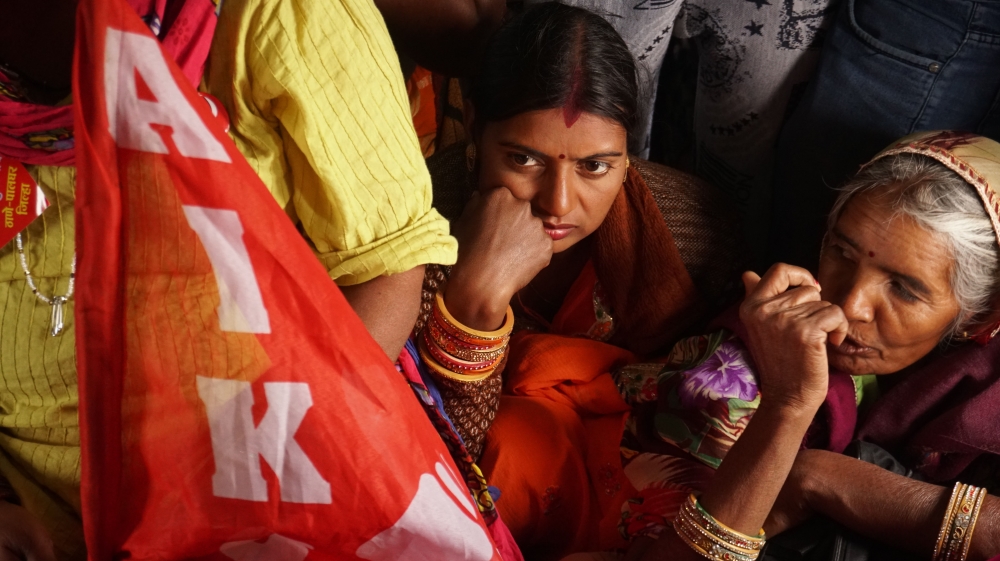
Ashok Dhawale, president of the All India Kisan Sabha farmers’ union which has been leading protests, says the pressure on agriculture workers and businesses has been aggravated by policies of Modi administration.
He refers specifically to demonetisation, a move on November 8, 2016, in which currency notes of 500 rupees ($7,16) and 1,000 rupees ($14,31) were declared null and void.
“In a recent report, the Ministry of Agriculture admitted that demonetisation had badly affected the farmers, which is what we had been saying all alone,” says Dhawale.
“Then there’s the issue of farmer suicides, which increased by 42 percent in the first two years of the Modi government.”
In 2016, the National Crimes Record Bureau stopped publishing farmer suicide rates, which Dhawale alleges is an attempt to clear the government’s track record.

The past three years have seen more farmer marches across the country.
In some cases, they have become deadly.
In June 2017, police shot at a group of farmers in Mandsaur, killing at least six.
In August 2017, farmers from the southern state of Tamil Nadu started a hunger strike in New Delhi’s Jantar Mantar. Exasperated by what they viewed as government indifference, they escalated their protest by holding human bones and dead rats in their mouth, even threatening to ingest faeces if their demands were not met.
In November 2017, more than 180 protesting farmer groups joined to form the All India Kisan Sangharsh Coordination Committee (AIKASCC).
The Dilli Chalo march is being organised under the same banner.
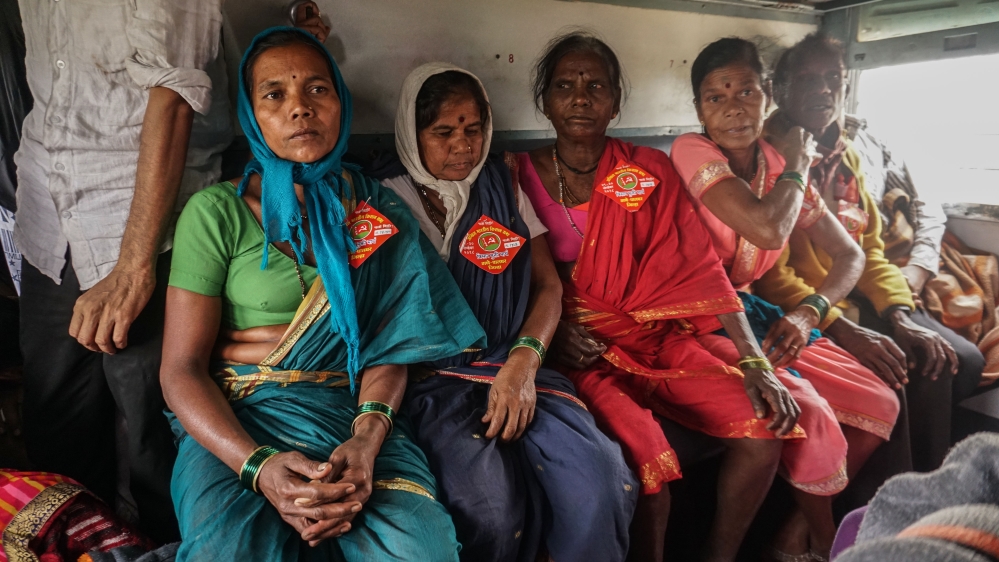
Sudhir Kumar Suthar, assistant professor at the centre for political studies at Jawaharlal Nehru University, says the Dilli Chalo march is broadening the definition of a farmer.
“If you look at the two bills they are asking to be passed in parliament, it includes the landless labourers, artisans, and women, besides the farmer.”
He believes the support the march has garnered from the urban population is a new phenomenon.
“People’s perception of the rural and urban is changing. Living in our cities with its pollution and shrinking job prospects, people want to reimagine the rural.
“Therefore, rural distress is not just the farmer’s problem, it is everyone’s problem.”
Source: Against backdrop of suicides and debt, farmers demand action | Agriculture | Al Jazeera

